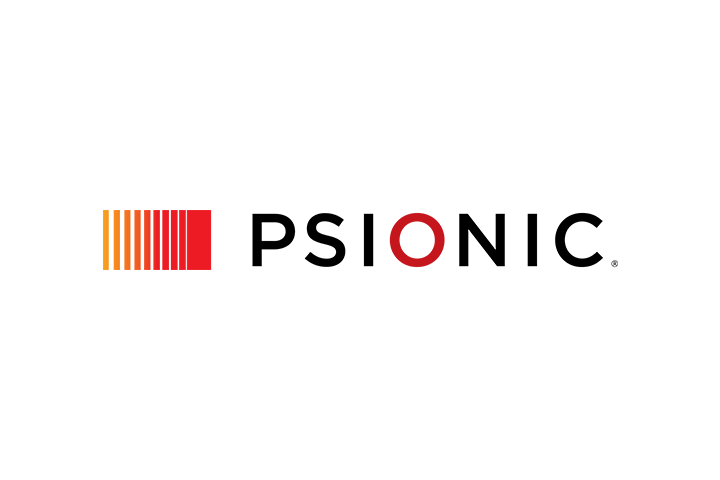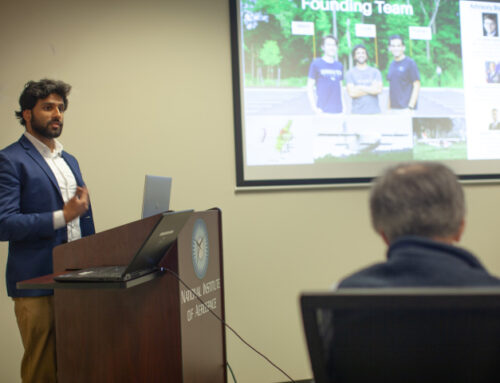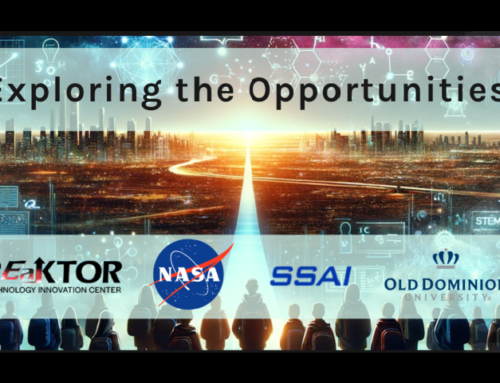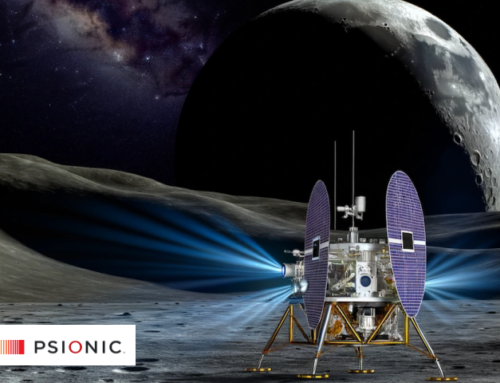The Flight Tests will Demonstrate Psionic’s Low SWaP Space Navigation Doppler Lidar (PSNDL) at Higher Altitudes and Faster Horizontal Velocities than any Prior NDL Tests – Obtaining Relevant Data for Ensuring Safe and Precise Landings of Lunar and Martian Missions.
|
Psionic, a leading provider of advanced Doppler Lidar technology for space exploration, defense, and commercial air applications, proudly announces it received a competitive NASA Tipping Point award. This award and partnership will support Psionic’s groundbreaking Space Navigation Doppler Lidar (PSNDL) and its upcoming flight tests, which will play a crucial role in ensuring safe and precise landings on the lunar and Martian surfaces. Separate flight tests conducted on NASA’s Armstrong Research Flight Center’s F-18 and a helicopter will demonstrate the PSNDL’s performance at higher altitudes and faster horizontal velocities than any previous Navigation Doppler Lidar (NDL) tests. By obtaining invaluable data relevant to Moon and Mars landings, these tests could benefit upcoming NASA and commercial lunar missions, including crewed and robotic landers, but also offer valuable insights for all future missions to planetary bodies. The $3.2 million Tipping Point award supports Psionic’s efforts to deploy the PSNDL and conduct comprehensive flight tests, providing instrumentation, system engineering, and program management. In collaboration with Draper, Cambridge MA, Psionic will showcase the combination of highly accurate velocity and range measurements from the PSNDL with Terrain Contour Matching (TERCOM) technology. This fusion of cutting-edge capabilities will ensure safe and precise landings even in challenging no-light conditions. Psionic’s Chief Engineer and co-inventor of the NDL, Diego Pierrottet, says, “The high-speed high- altitude flight tests will provide new data on lunar and Mars landing dynamics, advancing the Technology Readiness Level (TRL) of the PSNDL and making navigation systems more reliable for future space missions. This capability will help NASA and commercial space companies reliably and safely reach the Moon using the most advanced, lightweight, efficient, and reliable navigation system and sensors” The PSNDL’s ability to operate in all lighting environments, even when cameras struggle, will be a game-changer, especially for lunar South Pole missions. Steve Sandford, CEO of Psionic, stressed the importance of reliable navigation for precision landing, saying, “The descent phase through the gravity well from orbit to the surface is one of the most critical and hazardous aspects of any space mission. There is plenty of evidence for this in the landing record for attempted planetary body surface missions. Navigation sensors and algorithms play a pivotal role during this phase. Validating the lower size, weight, and power (SWaP) PSNDL through these flight tests will significantly enhance mission planners’ capabilities to ensure the safest possible descent and landing, utilizing state-of-the-art lidar sensors. The data generated from the test flights will benefit customers modeling descent and landing trajectories for Moon, Mars, and beyond.” Through collaborative efforts by NASA, Draper, and Psionic, prior navigation sensor flight test analyses and simulations indicate PSNDL and TERCOM’s capability to provide precise lander vehicle positioning, surface-relative velocity measurements, altimetry, altitude rate, attitude, and attitude rate measurements (including redundant, independent measurements). These crucial data outputs are essential for the deorbit, descent, and landing phase of upcoming lunar missions. About Psionic Psionic is a leading provider of advanced Doppler Lidar technology for space exploration, defense, and commercial air applications in challenging environments. The company, based in Hampton, Virginia, was founded in 2016 by the engineers and scientists who worked on Doppler Lidar at NASA for more than a decade. About Draper Draper is a team member on several missions to space, including the Moon, the asteroid belt, Mars and deep space. Today Draper contributes to NASA’s Artemis program, including Gateway, Orion, Commercial Lunar Payload Services (CLPS) and the Space Launch System (SLS), and develops technologies for human spaceflight, space exploration and commercial missions to low earth orbit and beyond. Draper celebrated its 50th anniversary as an independent nonprofit and 90 years as an innovation engineering organization on June 14, 2023. For more information about Psionic contact: Cliff Cummings |





